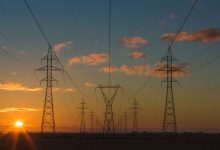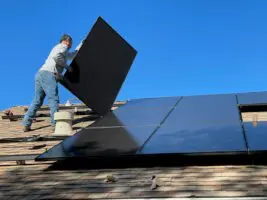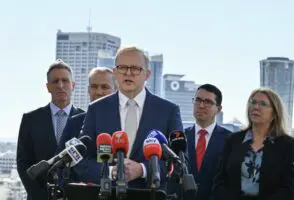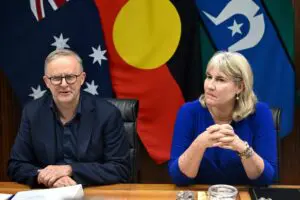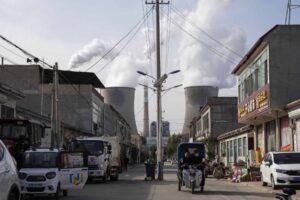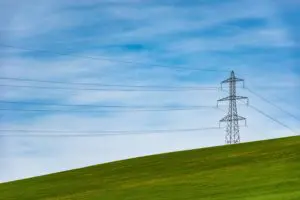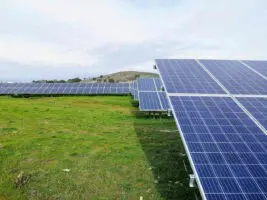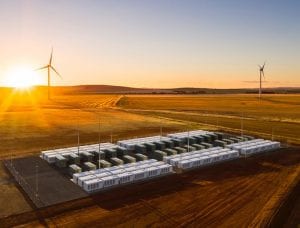The NSW government has issued a call for feedback on proposed network access arrangements for new wind and solar projects as part of its ambitious plan to establish at least three new Renewable Energy Zones in the state that will guide which projects built in the zone will have priority access to network connections.
It is seeking feedback on three possible models for how a new network access regime would work in the first of the state’s renewable energy zones, which will be based in the Central-West Orana region, centred around the town of Dubbo and expected to attract up to 3,000MW of new projects.
The government has released an issues paper to solicit public feedback on the different network access
The consultation is part of its NSW Electricity Infrastructure Roadmap, which forms part of a larger effort to establish dedicate renewable energy zones in the state, to coordinate investment in new wind, solar and storage projects along with new network infrastructure connecting the projects to the grid.
Part of this plan involves managing which projects can connect to the grid and when, ensuring that projects built within a renewable energy zone are provided access with sufficient network capacity, while avoiding situations where too much variable generation is connected within the same part of the grid. This has already been a cause for project curtailments in parts of Victoria and Queensland.
Additionally, the purpose of establishing Renewable Energy Zones is to coordinate investment in new network and generation infrastructure, ensuring that investors in both sides of the market have greater certainty around their investments.
“Investors cannot commit to build new energy generation and storage projects if the electricity grid does not have enough capacity left to transport the power they propose to produce – but network companies cannot be certain to recover the full cost of upgrading the network, to enable new energy generation and storage projects to connect, unless these projects are committed to be built,” an issues paper released by the NSW Department of Planning, Industry and Environment says.
Project developers and investors have called for greater coordination between generation and network investment, and pushed back against proposed reforms that would simply shift the cost of network investment onto wind and solar projects.
The first model discussed in its issues paper would see a threshold set for each Renewable Energy Zone for the amount of capacity that can be connected within the zone. Additional projects would be prevented from connecting once the cap had been reached.
“This model gives connecting parties greater certainty of their constraint risk because the capacity of projects allowed to connect to the REZ Shared Network is physically capped either at the export capacity of the REZ Shared Network or at an efficient level above export capacity,” the issues paper says.
The second model would see two types of connection rights sold, with ‘Tier 1’ projects having priority over ‘Tier 2’ projects. Any ‘Tier 2’ project that connects to the grid within a REZ would be required to pay compensation for any income impacts on priority ‘Tier 1’ projects due to the potential for network constraints and project curtailment.
“Under this ‘simple’ model, access right holders would be entitled to the same quantity of access for all trading intervals. This is referred to as “flat, 24–hour, access,” the paper says.
The third option uses the same priority tiers as the second option but with the added dimension of allowing projects to purchase access rights that vary with the time of day.
“Under this ‘enhanced’ model, the quantity of access rights would be defined on a trading interval basis and could therefore differ across a day or period. This is referred to as “interval–based access,” the paper adds.
Submissions in response to the issues paper can be submitted to the Department of Planning, Industry and Environment until 30 April.

